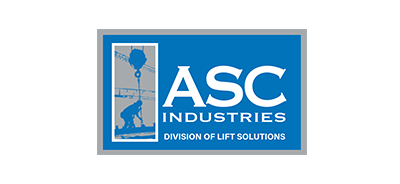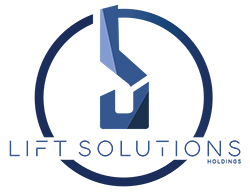ASC Industries is now proudly part of Lift Solutions Holdings, a leading provider of comprehensive industrial lifting solutions. Lift Solutions specializes in OSHA-mandated inspections, aftermarket services, and parts for overhead cranes and other lifting equipment, as well as offering high-quality crane equipment. Together, we are dedicated to delivering exceptional service and expertise to meet all your industrial lifting needs. Explore our combined resources by visiting the Lift Solutions website or continue to the ASC site.

